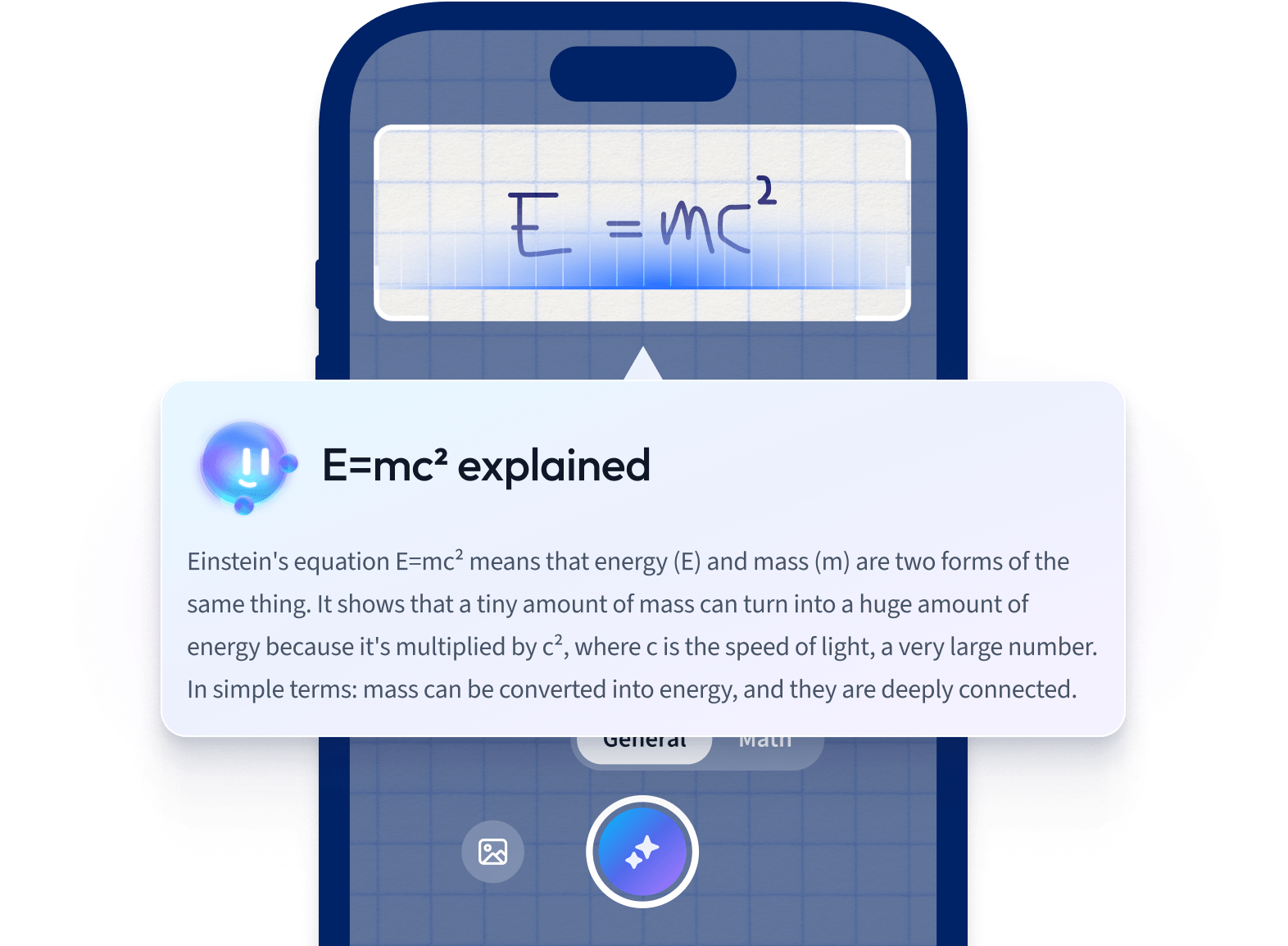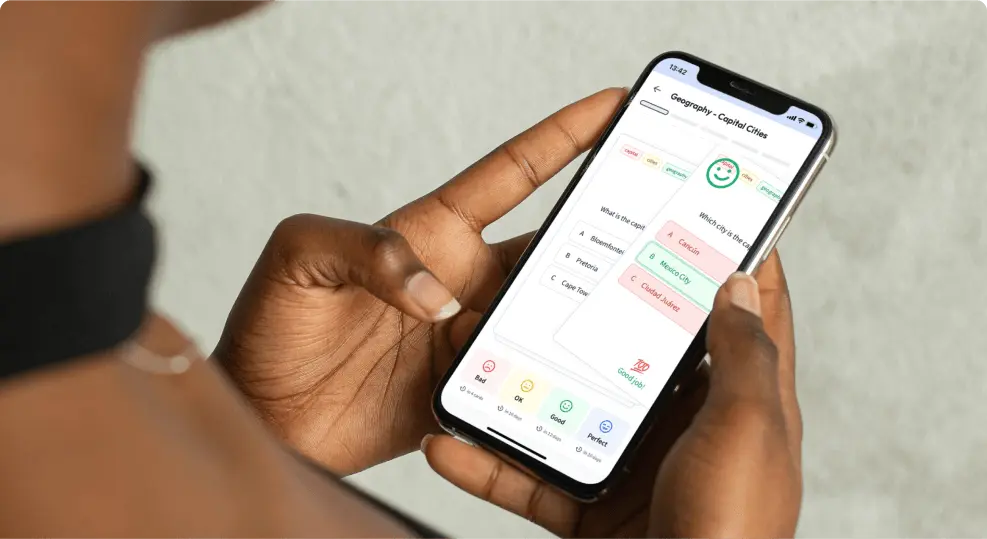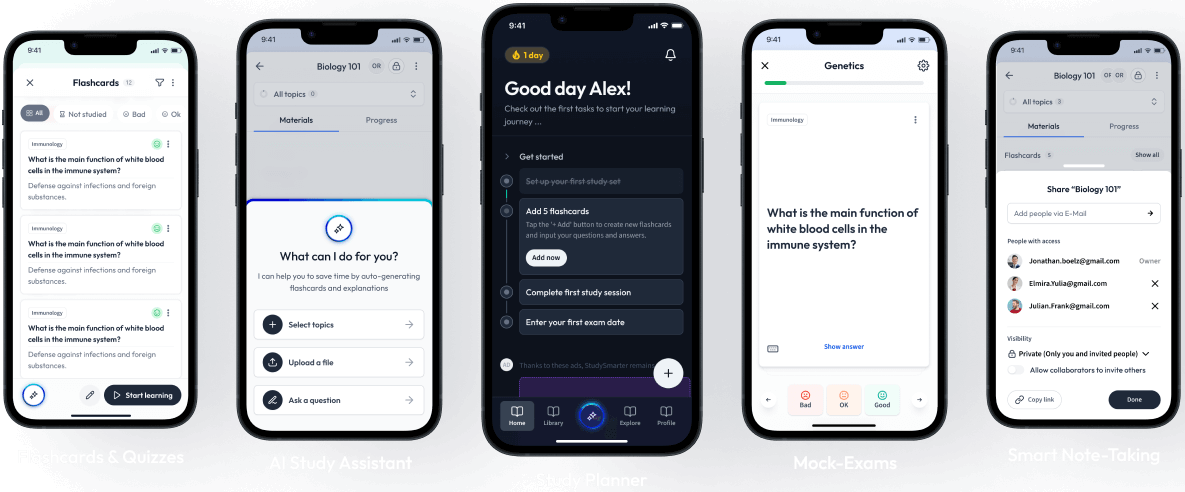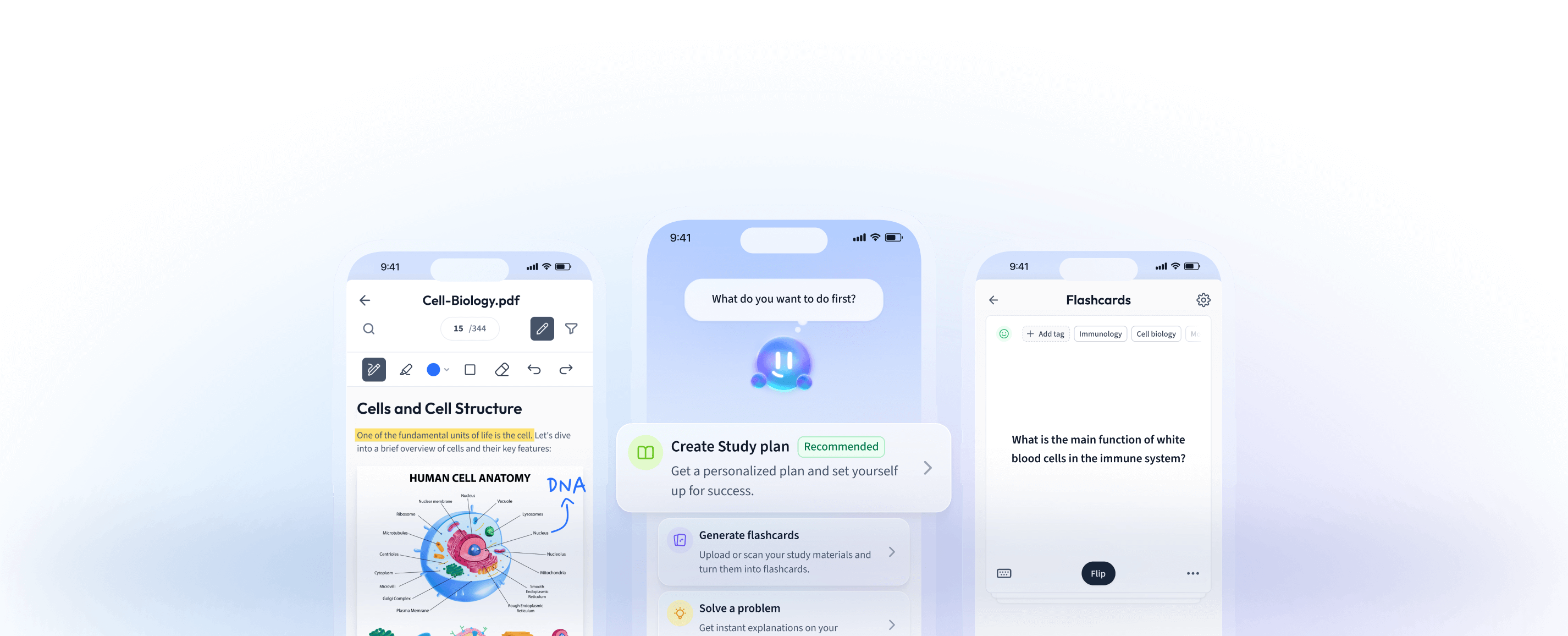Credit Definition in Economics
Credit is primarily a link formed between a lender and a borrower. The borrower agrees to pay the lender back, usually with interest, or face monetary or legal consequences. The main way this is used today is by the use of credit cards. By using credit cards, there's now a middle man involved - the bank. When you purchase an item at the store and pay for it with your credit card, the bank will pay the store for your item and now you owe the bank money, which you will pay back with interest.
Credit is primarily a link formed between a lender and a borrower where the borrower agrees to pay the lender back, usually with interest.
And along with credit, there is something called the terms of credit. This is a deal between a supplier and consumer that specifies the schedule and quantity of prospective payments that the customer will make.
Terms of credit is a deal between a supplier and consumer that specifies the schedule and quantity of prospective payments that the customer will make.
These terms are:
- The interest rate - In addition to the principle amount, the debtor must pay interest.
- Collateral - It's an asset owned by the debtor that serves as a security to the creditor until the debt is paid.
- Documentation - Borrowing documents that include all contract terms must always be presented.
- Repayment method - The manner in which the debtor will pay off the loan has to be specified. Lengthy loans could be paid back in annual, semi-annual, or monthly payments.
Common Forms of Credit
There are three main types of credit:
Installment credit
Installment is a sort of credit that has a set payment plan for a certain period of time. A mortgage is an excellent illustration of an installment credit. You must pay a specified amount of money at regular intervals until the debt is paid off. Student loans are another great example.
Installment credits are credits that have a set payment plan for a certain period of time.
Revolving credit
Revolving credit is a sort of credit that has a limited amount and can be utilized up until the specified limit is met. It could contain minimum monthly payments, though there is generally no set payback timeline. A credit card, for example, has a limited amount so you can keep using the card for spending until you hit that threshold.
Revolving credit is a sort of credit that has a limited amount and can be utilized up until the specified limit is met.
Open credit
An open credit account is one that needs payment in full for every period, like every month. One can borrow up until a certain amount, but they must repay the loaned cash in its entirety at the close of each term. An electricity bill is an example of this: you can use all of the electricity you want to charge devices, power household appliances, etc., and at the month's end, you must make the payments for the amount of electricity you used.
Open credit is credit that needs payment in full for every period, like every month.
Sources of Credit in Economics
There are multiple sources of credit in economics. Some of these are:
Commercial banks
Commercial banks are the first source of credit people usually think of. They give credit to people in the state of personal loans, school loans, mortgages, etc. Banks are a useful credit source since many individuals have accounts there. However, bank credit might be costly in certain situations due to extremely high-interest rates. Banks might also charge a variety of costs such as banking fees, processing fees, paperwork fees, and so on.
Financial institutions
Financial institutions are specialized credit firms that only disburse credit. They don't provide the additional services that commercial banks do, such as taking deposits. They are especially crucial when major corporations require significant loans over a long period. Essentially, they're an excellent source of lending, particularly when the demand is large and long-term. However, their credit-granting requirements are often fairly strict. They may also supervise the borrowing firm's actions, which might be restricting at times.
Credit cards
Credit cards are a popular form of credit.
 Credit card, pixabay
Credit card, pixabay
The bank that issues the card or the firm that issues the card pays the vendor in the customer's place. The owner of the credit card must then refund this money within a certain time frame. A plus of credit cards is that they provide an immediate source of credit when used to acquire any commodity or service. The disadvantage is that it is among the most expensive types of loan if the borrower fails to meet the payment date. Interest rates are excessive, frequently ranging from 25% to 30% per year, and the lender might demand large sums of money rather than late payment penalties if the borrower misses a payment.
Public deposits
Population deposits are a direct source of credit from the public at large. They can lend a firm funds for a set length of time in exchange for interest. Because these assets must contend with bank and federal assets, the interest rate must be significantly higher. Lending via public deposits is typically less expensive than lending via banks. The issuance process is straightforward and depositors have no power over the firm. However, only businesses with a proven history and credibility in the market may benefit from such deposits.
Trade credit
Trade credit is a type of credit that is associated with a company's everyday activities. With trade credit, a company purchases products or services via a vendor on credit and promises to pay the vendor within several days. It is a type of short-term loan that is granted based on the purchaser's reputation and market credibility. The major benefit of this type of financing is that it is usually interest-free. As a result, the buyer accrues no extra costs in order to get trade credit. It is also easily accessible, with no hassles or long paperwork. It is free of cost on the company's assets and is useful in the event of unexpected large supply requests. The issue is that it is contingent on the desire of the seller of products. The seller may refuse to provide products and services on credit at the very last minute, which might be a huge blow for the customer.
Differences Between Debit and Credit
The main differences between debit and credit are:
When you add assets to a record, the difference is a debit since something has to be paid for that addition.
A spike in debt, on the other hand, is a credit since it represents money borrowed from someone else and utilized to buy goods or services.
Credit in Economics Examples
Let's go through some examples of credit:
Imagine you go to the store and you want to buy a new phone. You don't have any cash on you, and you know that you don't get paid until next week so your bank account doesn't have quite enough money to cover the cost of the phone you want. You decide to use your credit card to purchase the phone and pay off your credit card bill in full when you get your paycheck next week. In this way, you are using a form of credit, because you are borrowing the money with the knowledge that you have to pay back the money you were loaned at a later date.
Let's say you've been saving up for a while to afford a down payment on a new car. You go to the dealership and find a car you really like for $20,000. After speaking to the dealer, you find out that you have just enough to cover the down payment on the car, which is $4,000. You're left with $16,000 that you would still owe if you were to buy the car. The dealer informs you that you can choose to pay the car off in installments, so you would be able to pay monthly payments over the course of 60 months. This would cost you roughly $267 a month. After signing all of the paperwork, you've now entered into an installment credit loan where you must pay regularly until the entirety of the car is paid off in full.
Credit - Key takeaways
- Credit is primarily a link formed between a lender and a borrower where the borrower agrees to pay the lender back, usually with interest.
- Installment loans are credits that have a set payment plan for a certain period of time.
- Open credit is credit that needs payment in full for every period, like every month.
- Revolving credit is a sort of credit that has a limited amount and can be utilized up until the specified limit is met.
- An electric bill is an example of open credit.
How we ensure our content is accurate and trustworthy?
At StudySmarter, we have created a learning platform that serves millions of students. Meet
the people who work hard to deliver fact based content as well as making sure it is verified.
Content Creation Process:
Lily Hulatt is a Digital Content Specialist with over three years of experience in content strategy and curriculum design. She gained her PhD in English Literature from Durham University in 2022, taught in Durham University’s English Studies Department, and has contributed to a number of publications. Lily specialises in English Literature, English Language, History, and Philosophy.
Get to know Lily
Content Quality Monitored by:
Gabriel Freitas is an AI Engineer with a solid experience in software development, machine learning algorithms, and generative AI, including large language models’ (LLMs) applications. Graduated in Electrical Engineering at the University of São Paulo, he is currently pursuing an MSc in Computer Engineering at the University of Campinas, specializing in machine learning topics. Gabriel has a strong background in software engineering and has worked on projects involving computer vision, embedded AI, and LLM applications.
Get to know Gabriel












